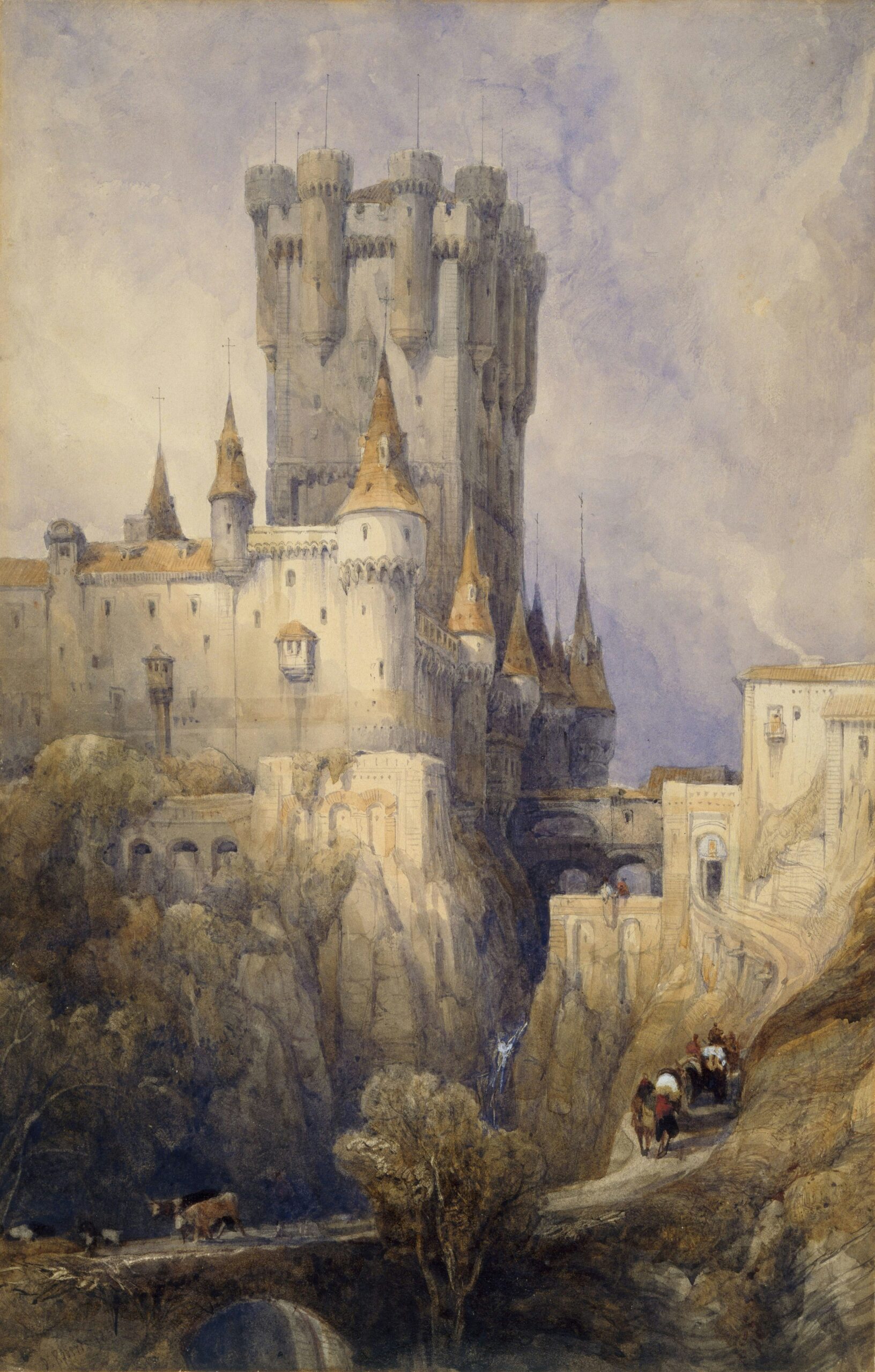
African art embodies the spirit and essence of cultural identity across the continent’s diverse communities. Each piece tells a unique story. Sculptures, masks, and textiles are more than objects; they serve as vessels of historical and spiritual narratives. These artworks connect individuals to their ancestors and provide insight into ancient traditions. African art transcends aesthetics, reflecting profound communal and individual beliefs.
Art forms are often intertwined with ceremonies, festivals, and rituals, reinforcing their cultural significance. They symbolize unity, celebrating both the individual and the collective. The emphasis on functionality further sets African art apart, where beauty is inseparable from purpose.
Symbolism and Spirituality in African Masks
Masks hold a revered place in African art, often associated with spiritual rituals and storytelling. These masks are not mere decorative items but embodiments of ancestral spirits or deities. Crafted with intricate details, they carry profound symbolism, representing virtues, myths, or historical events.
When used in ceremonies, a mask transforms the wearer into the spirit it represents, fostering a connection between the physical and spiritual realms. The materials used—wood, beads, and pigments—further enhance the mask’s symbolic meaning. Each element tells a specific story, conveying values such as courage, wisdom, or fertility.
Storytelling Through Textiles and Patterns
Textiles play a significant role in African culture, serving as visual narratives that convey history, status, and beliefs. Patterns, colors, and designs in fabrics like kente, mud cloth, and admire are deliberate and meaningful. Each motif represents a tale, a proverb, or a societal value passed down through generations.
Kente cloth, for instance, symbolizes royalty and unity, with its vibrant colors denoting specific virtues. Mudcloth from Mali uses natural dyes to create designs that often narrate stories of community heritage. These textiles are not just garments but messages encoded in fibers, speaking volumes about African societies.
Sculptures as Guardians of Heritage
African sculptures, often carved from wood or stone, are deeply rooted in tradition and spirituality. Many sculptures depict deities, ancestors, or abstract concepts such as fertility, power, or justice. These figures serve both decorative and functional purposes, often placed in shrines or homes to protect and guide.
The stylistic choices in African sculptures reflect the diversity of the continent’s cultures. From elongated forms to exaggerated features, these elements are intentional and symbolic. They draw attention to attributes valued within the community, such as wisdom, strength, or leadership. These sculptures act as silent witnesses to history, preserving the stories of those who came before.
Contemporary Interpretations of Traditional African Art
Modern African artists reinterpret traditional motifs, blending them with contemporary themes and techniques. This evolution bridges the gap between the past and the present, making African art globally relevant. Contemporary pieces often address social issues, such as identity, migration, and resilience, while maintaining their connection to cultural roots.
Artists like El Anatsui and Wangechi Mutu have gained international acclaim by incorporating traditional African aesthetics into modern art. Their work challenges stereotypes and highlights the dynamic nature of African creativity. By reimagining traditional symbols, these artists ensure that African art continues to inspire and resonate with new generations.
African art is a living testament to the continent’s rich cultural heritage, blending history, spirituality, and storytelling. Its diverse forms—from masks and textiles to sculptures—carry profound meanings that transcend time. As modern artists reinterpret these traditions, African art remains a powerful medium for preserving and sharing cultural narratives with the world.